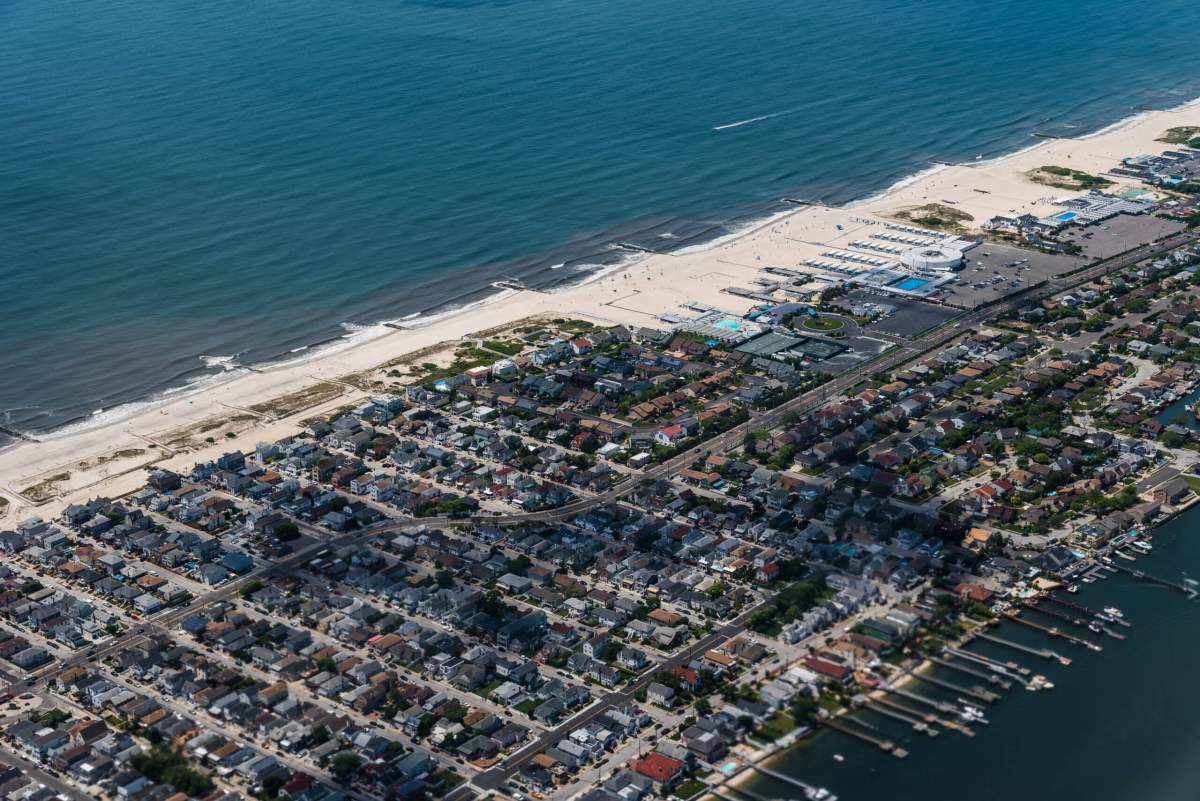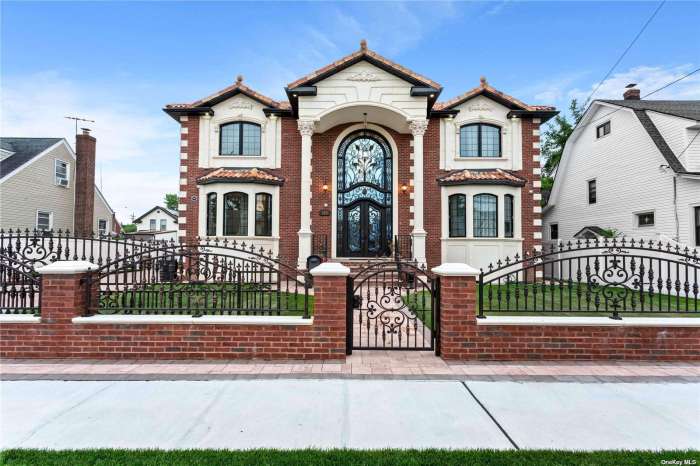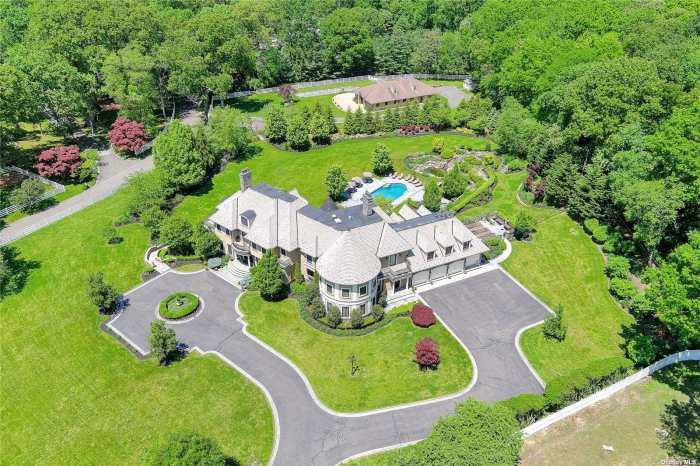Long Island has been bustling with real estate developments recently. From mixed-use developments to affordable housing initiatives, many parts of Long Island are experiencing a surge in real estate activity. A number of impressive projects are in the works, promising to transform both the area’s skyline and the economy.
One such high-profile development currently taking place is Station Yards, a large mixed-use project that will span more than 53 acres, reshaping retail space to become a live-work-play community close to the Ronkonkoma Long Island Rail Road station. The 12-year-long development is being led by TRITEC Real Estate, and looks to revitalize local business and generate millions for the local area. It will bring 1,450 new homes to the area, 70,000 square feet of retail space, and a 10,000-square-foot village green for the public to relax in. The 12-year-long wait is almost over – residents are hoping to move in at the end of this year, with retail space opening in spring 2024.
Another notable development is the transformation of the Nassau Veterans Memorial Coliseum in Uniondale, which was once the home of the New York Islanders hockey team. Through development by BSE Global and RXR Realty, the Nassau Hub is being reimagined as a state-of-the-art entertainment and retail complex that will include a movie theater, restaurants, and other amenities, possibly including a casino. The project is being spearheaded by Nassau County and will serve as a major economic driver for the area, with “open green spaces, walkable streets with multi-modal connectivity and public amenities, turning the Nassau Hub into a place where people can live, work, play and innovate,” according to the development’s website.
At the same time, the area’s ongoing affordable housing crisis has also spurred a number of new programs and developments aimed at increasing the supply of affordable housing units. The Community Development Corporation of Long Island (CDCLI) develops multiple affordable housing projects, including new Workforce Housing Rental Units in the new 35 Broadway apartments in Hicksville. The organization also work to prevent foreclosures, implement weatherization programs, and provide septic-replacement loan programs to help people maintain their homes and protect the environment.
Gwen O’Shea, president and CEO of CDCLI, said that of those tackling the affordable housing crisis in the area, “there are so many smart, committed individuals and collectives working toward the same thing on LI. Home… When you get to the finish line – regardless of whether it’s a rental home, or an owned home (single or multi) – you are reminded of the amazing impact that has on someone’s life. The creation of that home, whether it’s one or 50, has a tremendous effect on the community and regional economy.”
Despite soaring real estate activity, there are some concerns about the impact large-scale developments will have on Long Island’s existing communities. Some worry that new developments will add to the region’s already significant traffic congestion, widen income inequality, and put additional strain on local infrastructure. Others have concerns that rising real estate prices will make it difficult for low- and middle-income families to afford to live in the area, exacerbating the affordable housing crisis.
To address some of these anxieties, developers and local officials are taking steps to ensure that new developments are designed with sustainability and community in mind. For example, Station Yards is being built with a focus on walkability and public transportation, which will help to reduce traffic congestion and make the development more accessible to all members of the community.
The current wave of real estate developments on Long Island represent both opportunities and challenges for the region. While these projects have the potential to create jobs, stimulate economic growth for the region, and provide much-needed housing for the community, they must be developed with sustainability and community impact as the priority. By working together, developers, public officials, and community members can ensure that Long Island remains a great place to live and work for everyone.


































